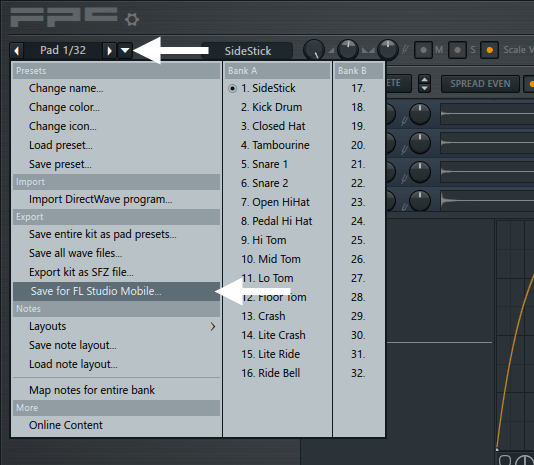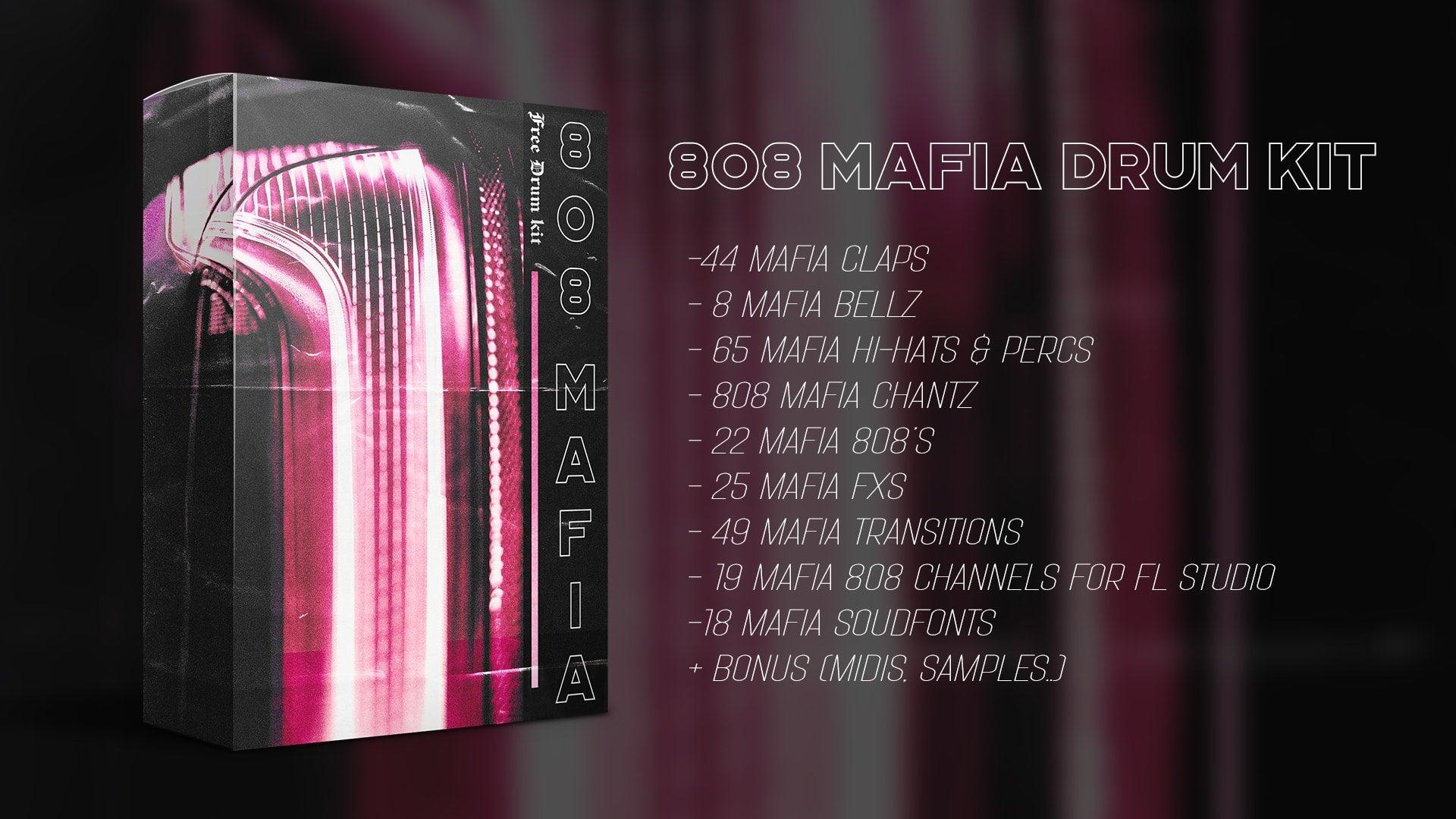

- #Fl studio mobile instrument packs free how to
- #Fl studio mobile instrument packs free professional
- #Fl studio mobile instrument packs free free
Fruity Loops supports VST, as does Steinberg’s own Cubasis (naturally).

In addition to Steinberg VST, there’s DirectX-based plugins that do an equally lovely job.
#Fl studio mobile instrument packs free free
Because synthesizers are in fact synthesizers (of sound created from “scratch”), the quality they provide is purely digital, eg free of sampling or recording artifacts. There’s numerous VST instruments out there that provide realistic-sounding natural FL Studio Sounds. Don’t be fooled, even if your aim is to write music that only makes use of “natural” instruments (the piano, sax, nylon guitar, etc). The only solid ways of ensuring the quality sound of your music is by either:ġ) using device banks (collections of device sounds that provide interpolation points for an device across the whole spectrum, such as a collection of recorded piano sounds at every C note, which are then interpolated to provide correct pitch values for notes that lie between them), orĢ) using program synthesizers.
#Fl studio mobile instrument packs free professional
Try to only use Fl Studio Sounds that sound professional and have good quality. The days when anyone like Prodigy could sell millions of records of tracker music, are over.

No matter what your target format is, the most important thing you need to pay attention to when composing your song, is quality – quality sells.
#Fl studio mobile instrument packs free how to
Before you apply a highpass filter or a compressor to your track you NEED to know how to make use of it to maximize the effect that it will give youħ) knowing music theory to some extent is important – lots of songs finish up as collections of samples piled on top of each other because the composer mixes and matches, but doesn’t composeĨ) knowing your target audience and format IS important – for example, you cannot add extensive stereo imaging to a track if your target is the net or the track will basically not mix down to mono well and you’ll finish up with utter rubbish one times you have uploaded it and start listening to it in your browser. I have heard way lots of songs that lack the “proper” (read: they make highly experimental) use of effects due to the composer not knowing how an effect works. Differently from politics, in sound/music hardware industry, cost and quality mostly run in tight correlationĤ) you NEED proper headphones – Making beats with proper headphones will give you the authenticness of the FL Studio Sounds, there’s some things you should not do while using headphones, but for the most part owning quality headphones is much more crucial than owning a 7.1 surround processĥ) you NEED to know a thing or one about DSP (digital signal processing) – more on this point later. Don’t ask around which of them are the best – look at the cost and you’ll be able to identify quality. Seriously – if you are going to approach things with a solid idea of generating something worth while, a SoundBlaster Live! won’t suffice. Regardless – that is not the point: the point of this thread is to help those of you who are beginning out gain some insight in to how to bring your songs to life.Ģ) post-processing (mastering) makes the song as far as quality goes (unless, of work, you are beginning out with utter rubbish in the first place)ģ) you NEED a proper sound card. FL Studio Sounds are easy to make once you learn your way around. While it is true that there is no free program synth out there that can compete with commercial products, Fruity Loops is over able to providing the same quality as Cubase – however, possibly with a small little bit of additional work. The truth is that while such a suite might give you all the power in the world, lots of (if not most) bits in it are basically replaceable with freely available program packages from the Net. Here’s a nigh-perfect setup for a desktop computer that can give you absolutely nothing in case you don’t know how to make use of a number of the most basic tools:Ĭubase SX or some equivalent studio-class program suite as the main device with Reason as a primary synth with a 3-computer VST-link setup, ProTools for mastering and a expensive Korg (or equivalent) hardware synthesizer connected to a Hoontech or Audigy 2 (or some equivalent ASIO-compliant card) for low-latency live recording, totalling something like $10000 (of which ~$1500-$2000 goes on program). It doesn’t matter what program you are working on, FL Studio, Reason, it doesnt matter because it is you who is making the song, not the program.


 0 kommentar(er)
0 kommentar(er)
